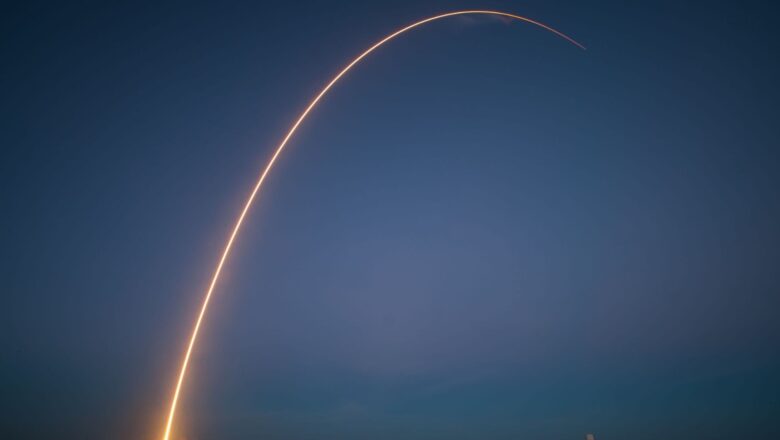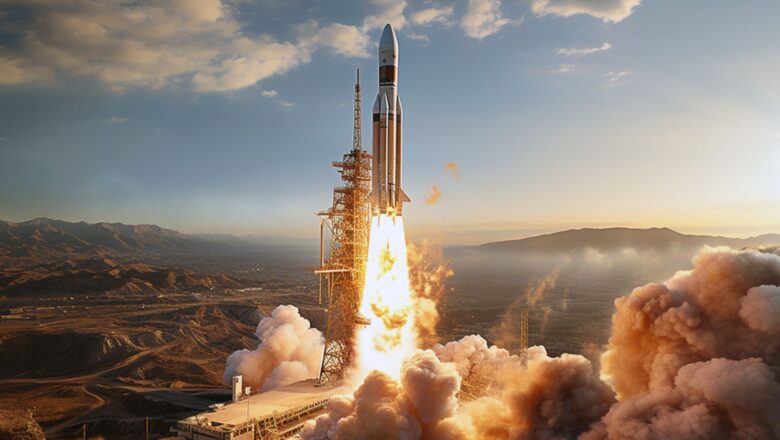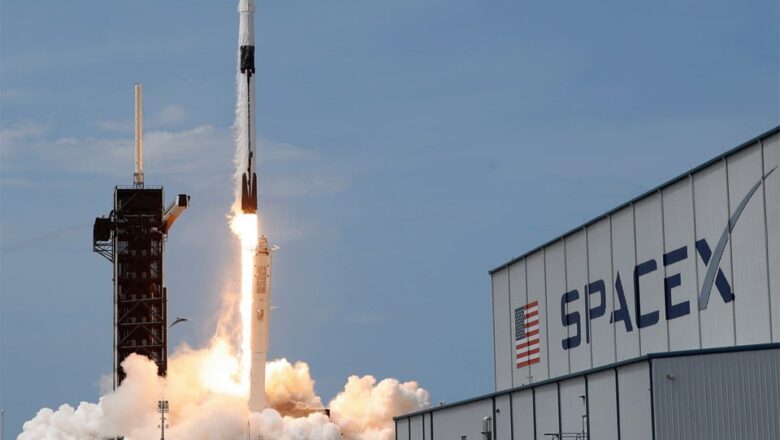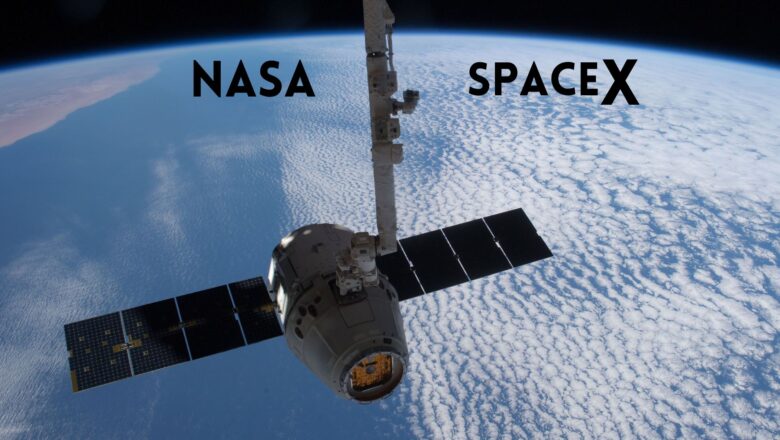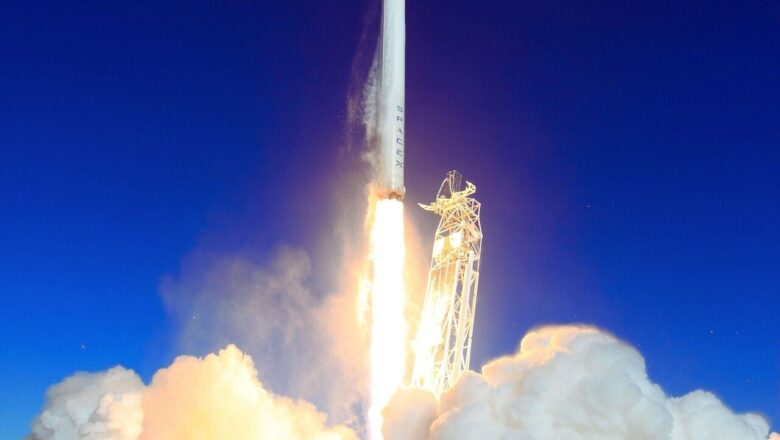
Future of Space Science: ISRO Chief S Somanath Inspires Students at START 2025 Launch
In a virtual keynote at the launch of ISRO's START 2025 programme, Chairman S Somanath painted an inspiring yet realistic picture of space science. Addressing 20,000 students from over 560 institutions, he emphasized that the field is not just about the thrill of exploring the universe but also about rigorous, time-intensive work.
“Space science isn’t just excitement; it’s about crunching numbers, solving formulas, and building systems like satellites, rockets, and sensors,” he said, underlining the demanding nature of the discipline.
The START programme, which runs until January 29, aims to introduce students to both the thrilling and technical aspects of space missions. “We’ll talk about our exciting space missions, but also the science behind orbits, trajectories, and rocket build...


